-
Welcome to Tundras.com!
You are currently viewing as a guest! To get full-access, you need to register for a FREE account.
As a registered member, you’ll be able to:- Participate in all Tundra discussion topics
- Transfer over your build thread from a different forum to this one
- Communicate privately with other Tundra owners from around the world
- Post your own photos in our Members Gallery
- Access all special features of the site
Custom CANbus Boost Gauges!
Discussion in 'Electrical' started by mitchspeaks, Dec 23, 2024.


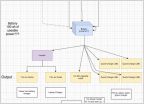 Auxiliary / Second "House Battery" in Bed - Help Needed
Auxiliary / Second "House Battery" in Bed - Help Needed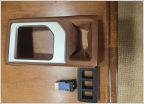 What are folks with Platinum and 1794s doing for extra switches?
What are folks with Platinum and 1794s doing for extra switches?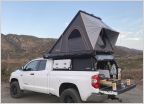 Dual Battery Charging
Dual Battery Charging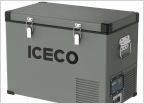 Which gauge wire should I use?
Which gauge wire should I use?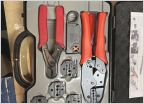 Wire crimpers....what do you use?
Wire crimpers....what do you use?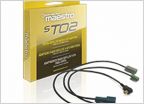 Head unit with SiriusXM
Head unit with SiriusXM
















































































